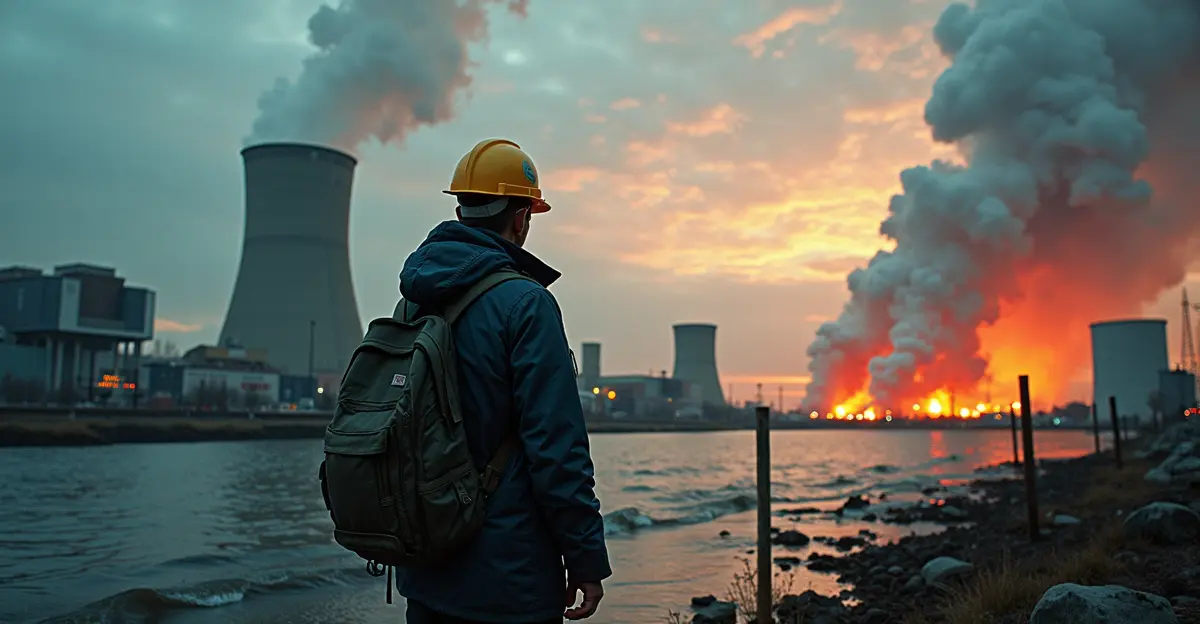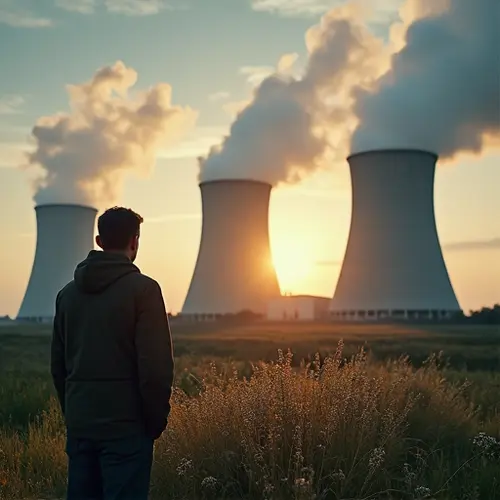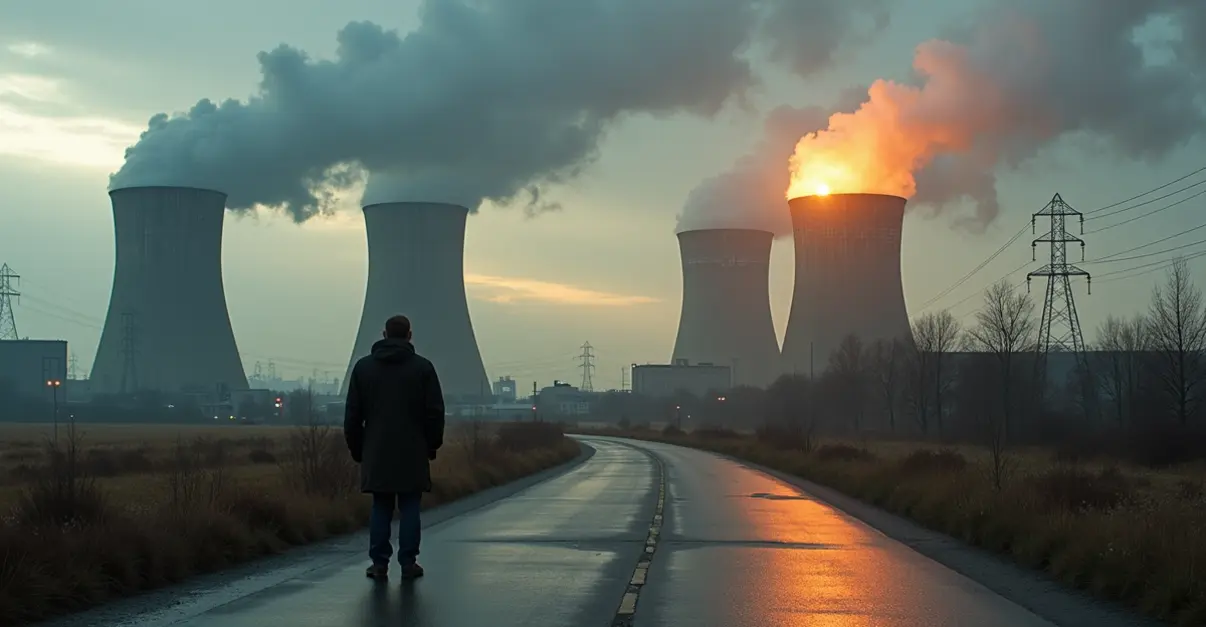Nuclear plant disasters like Chernobyl and Fukushima demonstrate catastrophic radiation leaks with long-term health, environmental, and economic impacts. Recent safety improvements continue, but human error and natural disasters remain significant risks in nuclear energy.

The Unforgettable Legacy of Nuclear Catastrophes
Nuclear power has long been hailed as a clean energy solution, but when accidents occur, the consequences can be devastating. From Chernobyl to Fukushima, radiation leaks have left indelible marks on human health, the environment, and public perception of nuclear energy. 'The mental health and psychosocial consequences can outweigh the direct physical health impacts of radiation exposure,' according to the World Health Organization's 2020 assessment of nuclear accidents.
Chernobyl: The Worst Nuclear Disaster in History
On April 26, 1986, Reactor No. 4 at the Chernobyl Nuclear Power Plant in Ukraine exploded during a safety test, creating what remains the most expensive disaster in history with an estimated cost of US$700 billion. The explosion and subsequent fire spread radioactive contaminants across the Soviet Union and Europe, forcing the evacuation of approximately 117,000 people from the surrounding areas.
The immediate aftermath saw 237 workers hospitalized, with 134 showing symptoms of acute radiation syndrome (ARS). Twenty-eight of these workers died within three months, making Chernobyl the only instance in commercial nuclear power history where radiation-related fatalities occurred. As one survivor recalled, 'We knew something was terribly wrong when the sky turned an eerie color and the air tasted metallic.'
Fukushima: Nature's Wrath Meets Human Error
The March 11, 2011 Fukushima Daiichi nuclear accident in Japan demonstrated how natural disasters could trigger catastrophic nuclear events. Triggered by the Tōhoku earthquake and tsunami, the plant lost all backup power sources, leading to reactor meltdowns and significant radiation releases. The accident was rated seven on the International Nuclear Event Scale, matching Chernobyl's severity.
While the United Nations Scientific Committee on the Effects of Atomic Radiation found 'no adverse health effects among Fukushima residents have been documented that are directly attributable to radiation exposure,' the psychological and economic impacts were profound. At least 164,000 residents were displaced, and cleanup costs reached an estimated 20 trillion yen (US$180 billion).
Ongoing Safety Concerns and Recent Developments
Despite improvements in nuclear safety, concerns persist. A 2025 review in National Science Open emphasizes that 'even during normal operations, nuclear plants release regulated effluents requiring careful monitoring.' The study analyzes radionuclide behavior and transport models to better predict radiation impacts.
Recent incidents continue to highlight vulnerabilities. The NRC Event Notification Report for November 3, 2025 documented multiple safety events, including battery failures affecting multiple nuclear plants and an automatic reactor scram at LaSalle Nuclear Station. As one nuclear safety expert noted, 'Human error remains the wild card in nuclear safety—technology can only do so much.'
The Global Picture: Accidents by Country
According to recent data, the United States leads with 57 nuclear accidents, followed by Japan (21), France (14), Russia (10), and Canada (10). A total of 145 nuclear accidents have been recorded across 17 countries, though the data may be incomplete as some minor events go unreported.
Dr. Elena Petrov, a radiation safety researcher, explains: 'What makes nuclear accidents particularly concerning is their long-term consequences. Radioactive materials can remain hazardous for generations, affecting ecosystems and human health in ways we're still discovering.'
Looking Forward: Enhanced Safety Measures
Recent regulatory efforts focus on improving radiation protection standards. The 2025 Radiation Source Protection and Security Task Force report and studies from the Idaho National Laboratory are reevaluating exposure limits based on updated scientific data.
Advanced monitoring technologies and better emergency response protocols are being developed to prevent future disasters. However, as the 2025 National Science Open review concludes, 'The challenge remains balancing the benefits of nuclear energy with the potentially catastrophic risks of accidents.' The legacy of past disasters serves as a sobering reminder that when radiation leaks occur, the consequences extend far beyond immediate physical damage, affecting communities and environments for decades to come.

 Nederlands
Nederlands
 English
English
 Deutsch
Deutsch
 Français
Français
 Español
Español
 Português
Português









